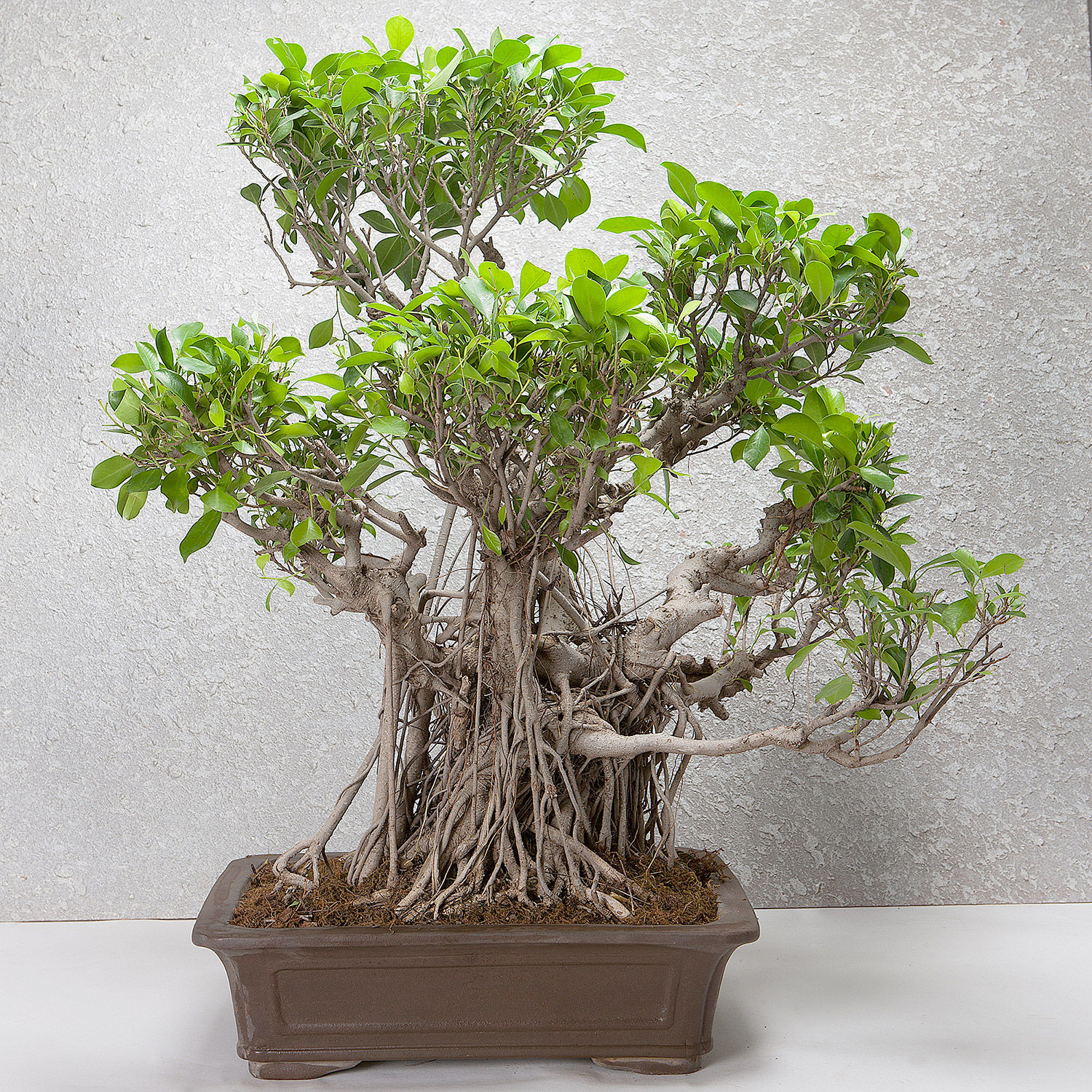
Buy/Send Ficus Ginseng Bonsai Tree 25 Years Old Online Ferns N Petals
Ficus Ginseng Bonsai Trees are a popular type of indoor bonsai tree. They are easy to care for and make a great addition to any home. In this plant care guide, we're going to look at a few of the most important aspects of taking care of a Ficus Ginseng: Watering your Ficus Ginseng Sunlight exposure for your Ficus Ginseng
I've had this ficus bonsai for 20 years. It hasn't grown any larger or
Ficus is low maintenance and responds well to several bonsai cultivation techniques—making it one of the most popular tree species, especially for beginners. To help kick off your journey, here's a comprehensive guide on properly and successfully growing and training a ficus miniature tree. Read on to discover:
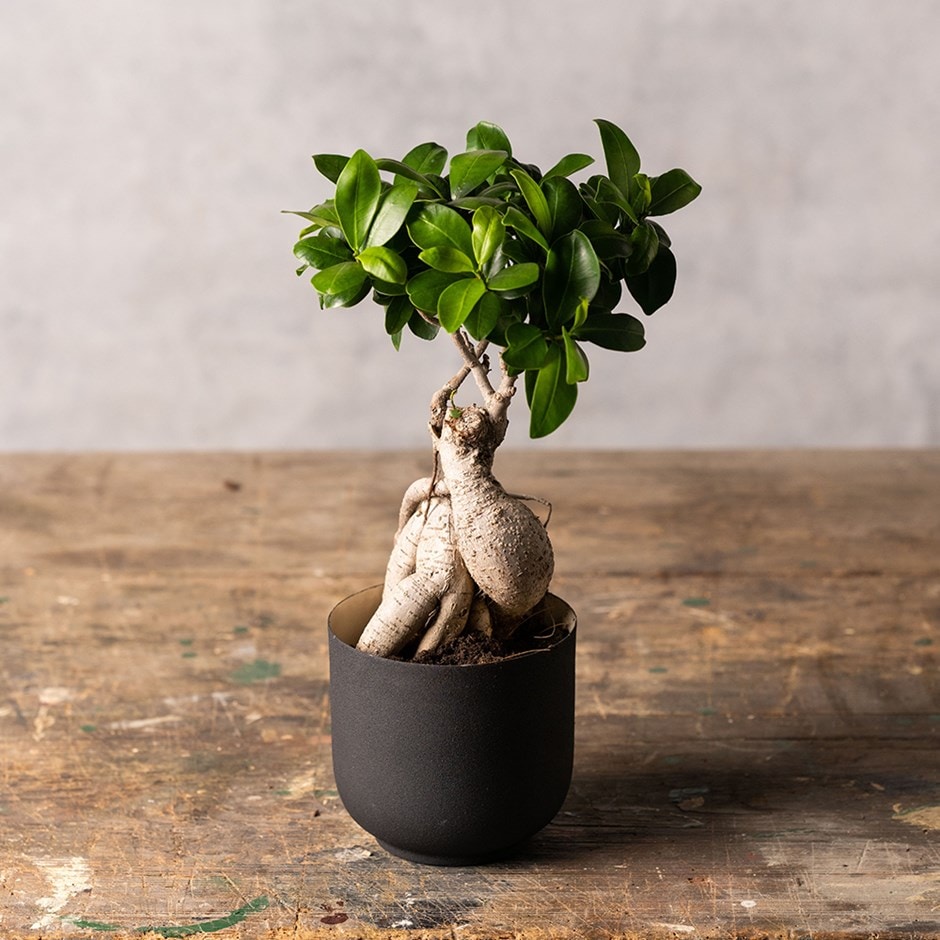
Buy bonsai ficus Ficus microcarpa 'Ginseng'
Ficus bonsai plants are very famous for Bonsai making because they are very hardly and are not susceptable to many insects and pests. They can be grown in almost every part of the world but they need to be protected from the Frost. There are hundreds of variety of ficus plants available all over the world depending upon Geographic location.

Ficus Bonsai (Grafted Ginseng) Indoor Plants 30 CASHBACK Abana Homes
What Is a Ficus Bonsai? Basically, ficus is the scientific name for trees in the fig family, which are found throughout the world and can grow gigantic in their natural habitats. The popular fiddle leaf fig (ficus lyrata) is one of them, as are many other common houseplants.

bonsai 1 Ficus bonsai tree, Bonsai tree types, Bonsai tree care
The Ficus Bonsai is the most popular species for beginners at Bonsai. Popular varieties are the Retusa and Ginseng. In this article we show you how to keep it alive and thriving! Care guide for the Ficus Bonsai tree (Retusa and Ginseng) - Bonsai Empire Home Techniques Bonsai tree care Placement Watering Fertilizing Repotting Soil Pot selection
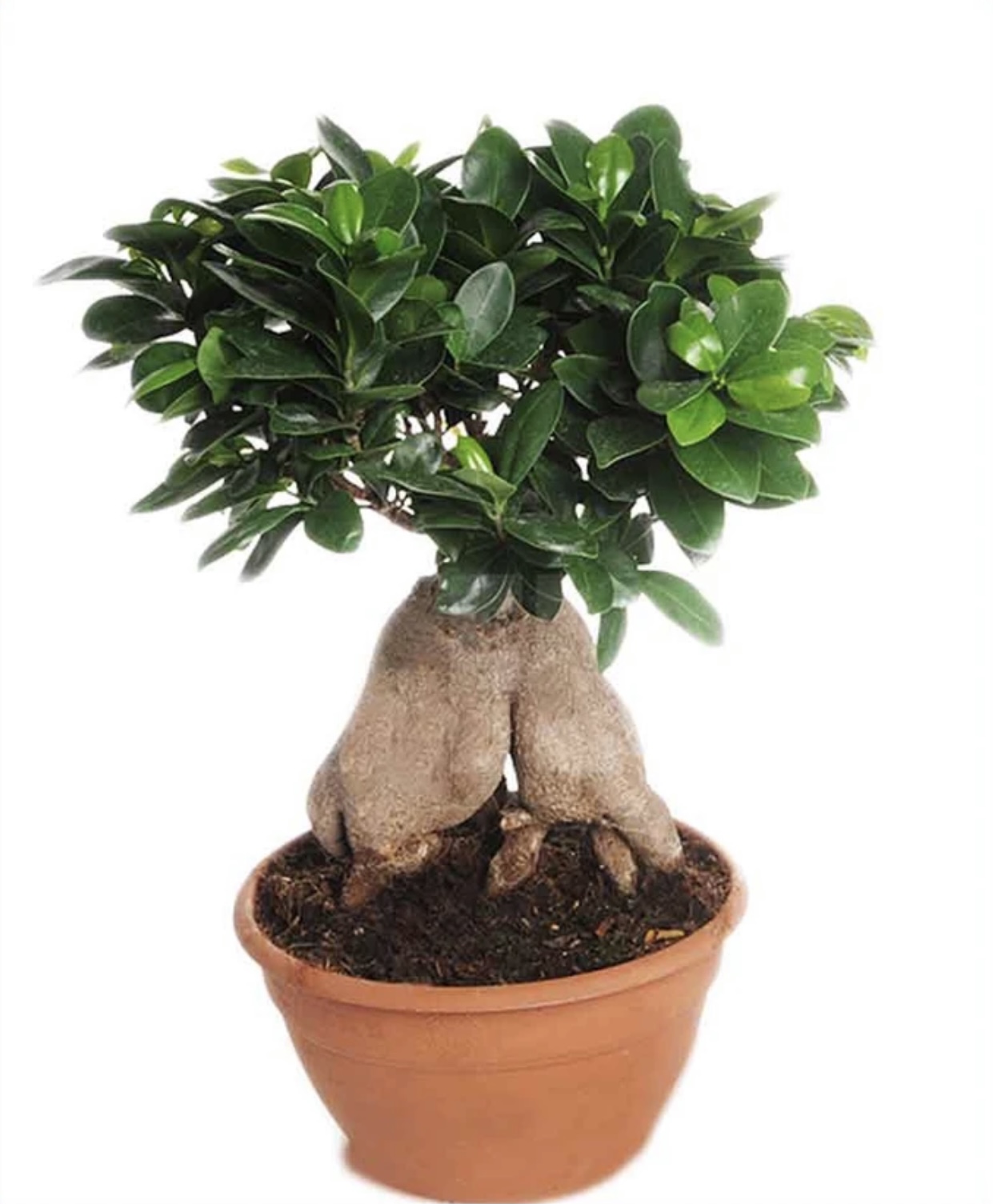
Order Bonsai plants online Send to Lebanon Delivery
Bonsai ficuses are beautiful and satisfying to care for, and many beginners find them easier to work with than many other types of bonsai. These trees are also ideal for growing indoors because they tolerate lower light better than many other bonsai trees. Let's take a closer look at different types of bonsai ficuses and how to care for them!

FICUS MICROCARPA GINSENG Viherkasvi ja ruukku bonsai/punottu eri
The best temperatures are 65°F to 75°F (18°C to 24°C). Humidity must be higher, at around 75%. It is vital to fertilize regularly. Soil Golden gate ficus bonsai grows best in bonsai soil. A good mix is 50% akadama, 25% lava rock, and 25% pumice. The soil must be porous and able to drain quickly.

Ficus Benjamina Bonsai Garden bonsai tree, Bonsai plants, Bonsai diy
Ginseng figs ( Ficus microcarpa ), also known as curtain figs, ginseng ficus, Indian laurel, or Chinese or Malayan banyans, are incredibly popular as bonsai specimens. That's because they have a thick trunk that looks like it took hundreds of years to develop, but actually takes under a decade - perfect for the impatient bonsai artist.
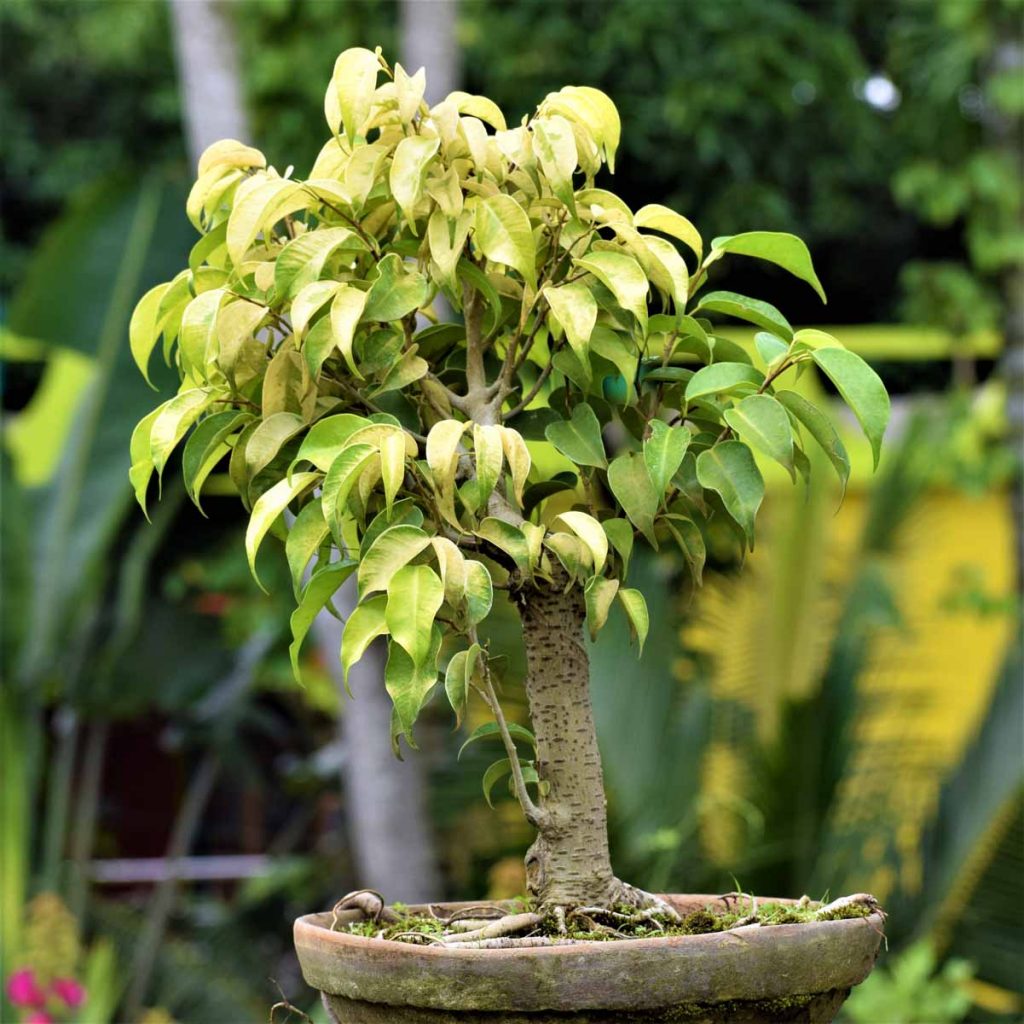
Ficus Bonsai Plant
Ficus is a Japanese tree that is very popular among bonsai enthusiasts. It's a well-liked tree that's both beginner and pro-friendly. In addition to being grown indoors and near a window, ficus can also be grown outside in the summer. The roots of ayan style roots are typically trained in a rock-over-rock style.
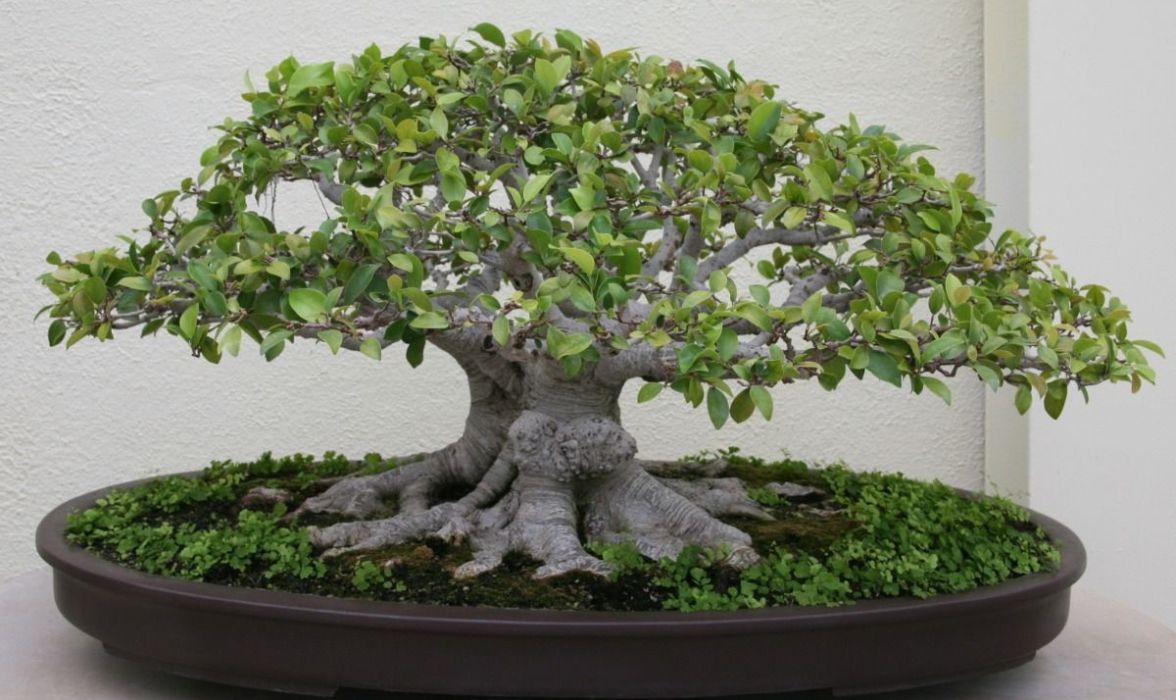
Conheça o tradicional Bonsai Fícus e saiba do perigo dos frutos
Here you'll find everything from ficus bonsai trees, Japanese juniper trees, cedar trees, ficus ginseng, Fukien tea trees, Dwarf jade plants, and Satsuki Azalea trees, to name but a few. Younger bonsai typically start from around $20 to $30, with countless options for mature, specimen bonsai trees reaching $500 or more.

ficusplantaemvasobonsaicoresvariadas__0804137_pe769078_s5.jpg
What a Bonsai NEEDS There's 800+ Ficus Bonsai Tree species- Do you know yours? Not all Bonsai are alike. Proper lighting is crucial for ficus bonsai health and growth. Watering should be done when the soil starts to dry out. Regular pruning and shaping are necessary for maintaining bonsai aesthetics.

Exquisite Specimen Indoor Ficus Bonsai Tree with incredible aerial
Ficus benjamina, commonly known as weeping fig, benjamin fig or ficus tree, and often sold in stores as just ficus, is a species of flowering plant in the family Moraceae, native to Asia and Australia. It is the official tree of Bangkok.The species is also naturalized in the West Indies and in the states of Florida and Arizona in the United States. It is one of the most common trees in Israeli.

1 Large Ficus Benjamina Weeping Fig Tree S Shape Bonsai Evergreen
The ficus genus is part of the extensive family of mulberry plants and is one of the most popular indoor species of bonsai specimens. With roughly 800-2000 ficus species on the planet, ficus trees are adaptable and well-suited for being kept in indoor conditions. Here's everything you need to know about growing the ficus bonsai.

Garden horticulture exhibition 2012 ahmedabad Green Ahmedabad
Hardiness Zones: USDA Zones 10-11. Overall, the Ficus microcarpa 'Ginseng' bonsai is a captivating and visually distinct plant that requires proper care and attention to thrive. With the right combination of light, soil, watering, and fertilizing, you can enjoy the beauty of this bonsai tree for many years to come.
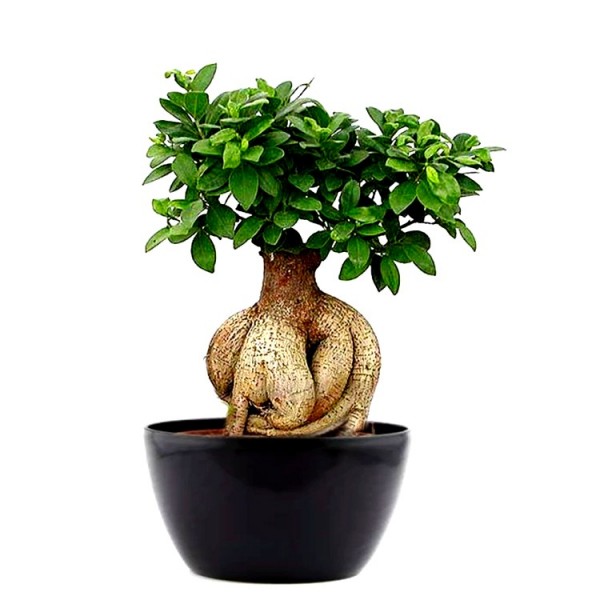
Buy Ficus bonsai tree (1KG) plant online India at
Ficus bonsai is a beautiful and rewarding plant to grow, with a rich history and a variety of styles and techniques for styling. In this article, we have covered the origins and history of Ficus bonsai, the different types of Ficus bonsai and their characteristics, how to properly care for Ficus bonsai, and common problems and solutions.
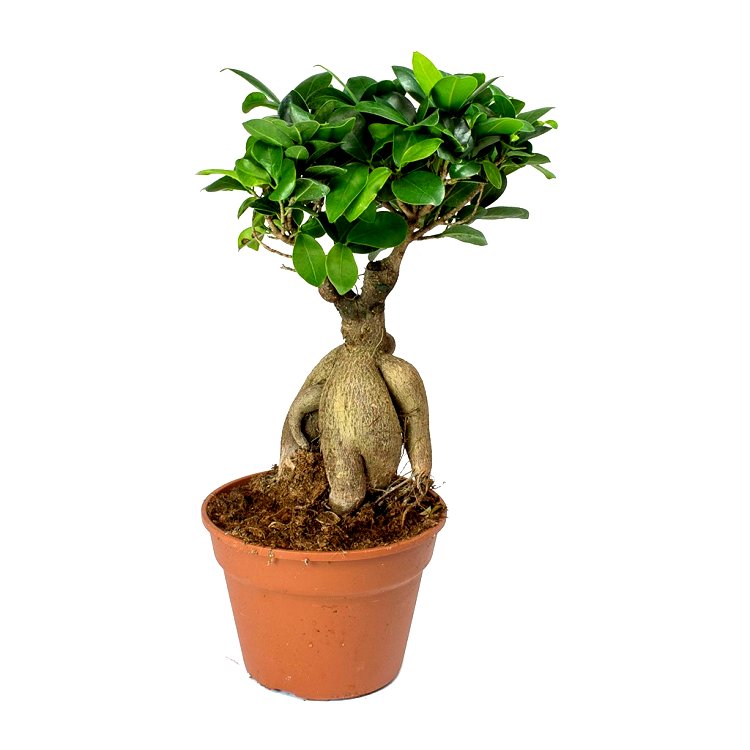
Buy Ficus Bonsai (500 Grms) online at cheap price on
As ginseng ficus trees are fast-growing, they can add 12-36 inches of size in one year. This means the roots will soon outgrow the pot that they are in. Failure to report a bonsai will limit its ability to absorb nutrients in the potting soil, causing it to become weaker and more susceptible to infections and disease.